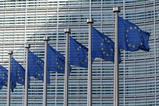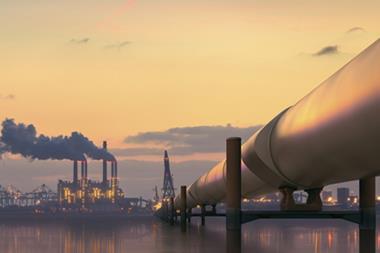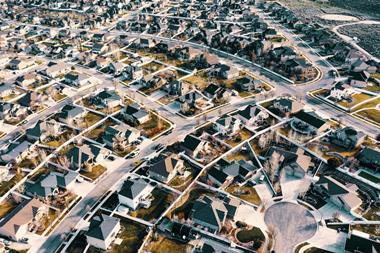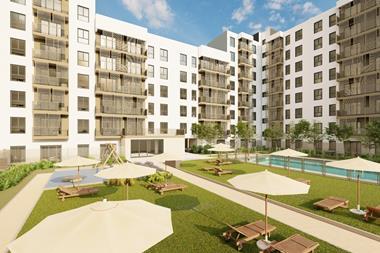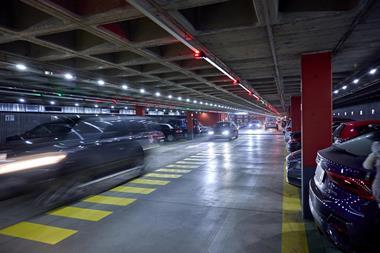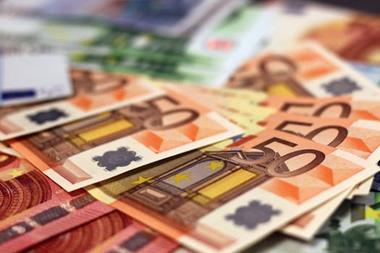Investments in renewable energy outperformed ‘core’ infrastructure over the past decade, but investors should expect future returns to be more in line with expectations, according to business school EDHEC and its infrastructure benchmarking and analytics venture EDHEC Infrastructure Institute.
A report, The Pricing of Green Infrastructure, finds that the historic outperformance of wind and solar power projects are “largely the result of temporary excess demand for such assets”, which pushed assets prices up and discount rates down.
Authors Noël Amenc, associate professor of finance at EDHEC Business School, and Frédéric Blanc-Brude, director of EDHECinfra, argue that there is no “persistent ‘green’ risk factor premium from which investors in green infrastructure projects might benefit over the long term”.
Instead, they find the emergence of a “green price premium” that investors have been willing to pay to increase their exposure to the asset class.
The report sought to examine what impact today’s heightened investor appetite for low-carbon energy investments would have on realised performance and expected returns.
According to IPE Real Assets’s latest survey of institutional infrastructure investors, solar and wind power were the top two infrastructure sub-sectors for investors when looking for new investments.
The EDHEC report shows that, in 2011, green power projects were projected to generate returns of about 8%, while brown-power projects were expected to return about 9%. Over the following decade, their 10-year annualised returns both outperformed this projections, generating 16% and 17%, respectively.
But while the two sectors appear to have outperformed to a similar degree, the authors argue that their realised returns “correspond in fact to very different economic fundamentals”.
The high performance of green power is explained by “a significant compression in yields” and corresponding capital gains, especially between 2012 and 2015. Conversely, the performance of brown power was more driven by cash returns and less by yield compression.
“In effect, unlike other infrastructure investments, brown-power investments have seen a slight increase in their expected returns since 2018,” said Blanc-Brude.
“Hence, we find that the impact on performance of such shifts in the demand for green and brown investments cannot be equated with the appearance of a new ‘green’ asset pricing risk factor. Instead, demand shocks have led to relatively high realised performance in the green power market but also lower expected returns.”
Amenc added: “Going forward, as excess demand for green-power investments is gradually met with additional supply of green-power assets and effective allocations to green power become significant, our findings suggest that both the realised and expected returns of green-power investments can be expected to converge.
“Such a convergence, which reflects a long-term pricing equilibrium, leads us to conclude that there is no reason for superior performance by green-infrastructure investments to continue.
“The so-called ‘green premium’ observed in the past does not correspond to the remuneration of a superior risk factor but instead to a temporary phenomenon of excess demand, which the supply side of the market eventually satisfied.”








